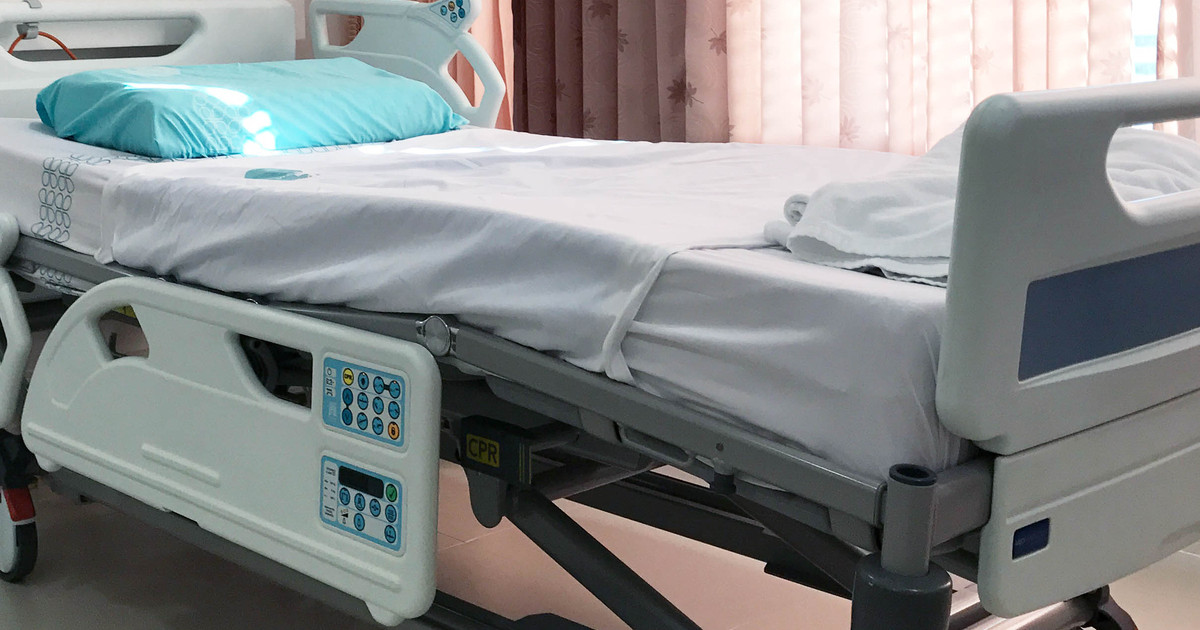Recovery Process After An Amputation
Amputations may be necessary for countless reasons, including infection and trauma. In the United States, more than 150,000 amputations are performed each year. The recovery process after an amputation can be physically and emotionally challenging. In addition to the recovery period in the hospital, patients have several months of recovery at home.
There are many things amputees need during their recovery after amputation surgery. Some may want an above-knee amputation prosthesis, and there are also many assistive devices for leg amputees. Physical therapy for amputations is necessary as part of recovery too. Learn more about recovering from an amputation now.
Monitoring In The Hospital

After having an amputation, most patients require monitoring in the hospital for at least three to seven days. Seniors and those with underlying health conditions may need to stay at the hospital for longer. During the hospital stay, patients will have their vital signs monitored. The incision site will be cleaned and checked for signs of infection.
Patients will receive medication for pain control. They will also learn how to transfer themselves from their bed to a chair safely. Patients will be given physical therapy to help with improving strength in the residual limb as well. While recovering at the hospital, patients should always let their care team know if they experience any pain, bleeding, or changes in their health. If possible, it is helpful to have a family member present when the doctor visits. The family member can help the patient by writing down the doctor's instructions and asking questions.
Regular Physical Therapy

Individuals who have had an amputation will need regular physical therapy. In general, patients will be fitted with a prosthesis around eight weeks after their operation, though some choose not to use a prosthesis. Physical therapy is essential in both situations. It is crucial in helping patients maintain the circulation of the residual limb and the skin's health. It can also improve strength and endurance. In addition, it reduces the risk of developing shortened muscles or tendons (contractures).
For individuals who plan to use a prosthesis, the physical therapist can help shape the residual limb. This is done with an elastic bandage or a shrinker. Physical therapists teach the patient how to massage the residual limb so that it is desensitized enough to have a prosthesis. The therapist will also monitor the residual limb for signs of infection or other skin issues that may need treatment.
